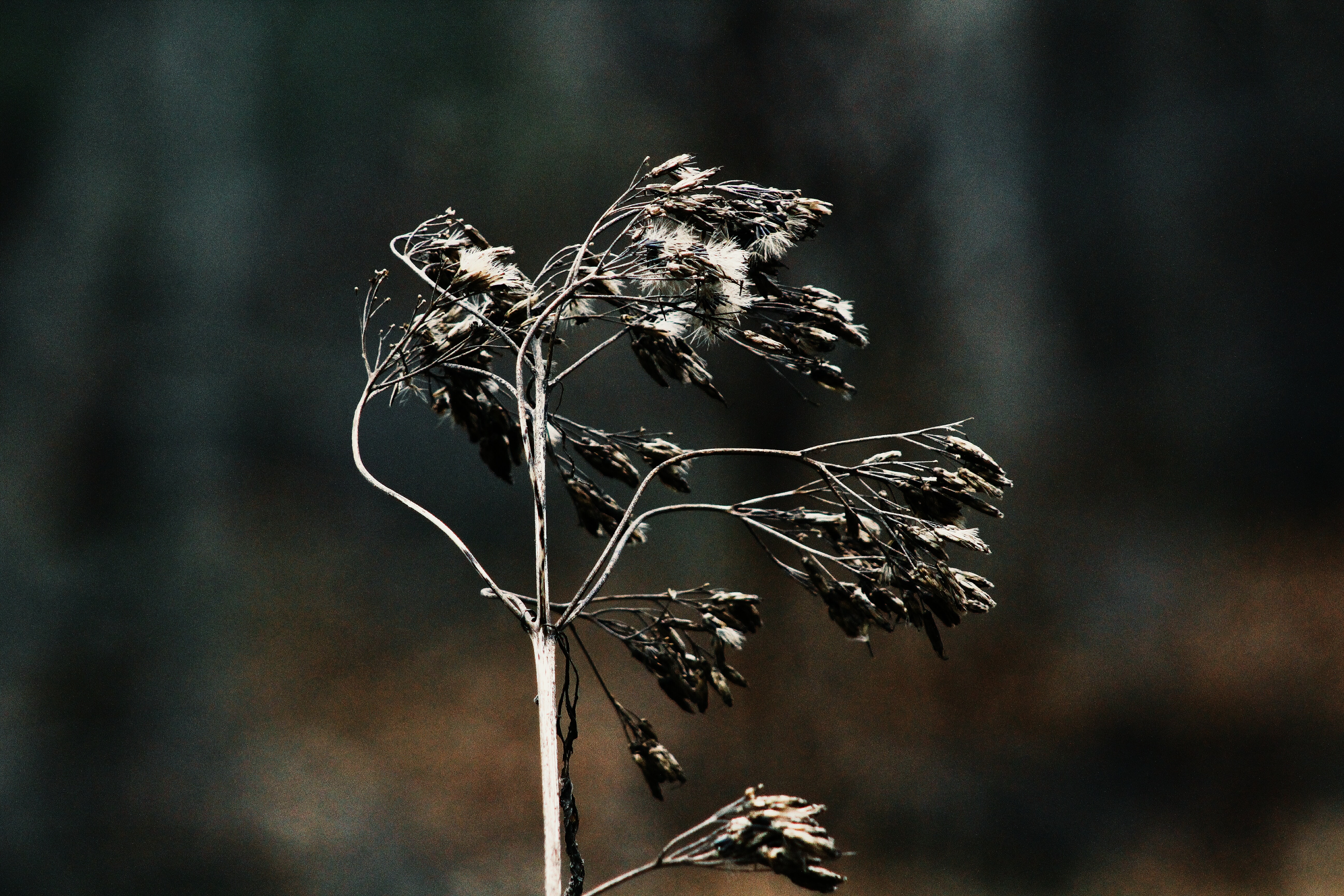In warfare or simple vandalism, invaders can set fire to enemies' crops or physically chop them down without having any spellcasting ability. Some people want to attack enemy crops magically.
Magical Plant Blights
Most offensive anti-plant spells are intended to be used against animate plant creatures, but they can be easily used against ordinary plants.
Arcane Necromancers can use the
fourth circle spell, Blight, to kill large numbers of ordinary plants with each casting.
Divine Hexing is usually intended to inflict diseases on people, but it can target plants at +1 difficulty. Hexing ●●● can blight plants but only one at a time (efficient for trees, not so much for stalks of wheat). Hexing ●●●● can also blight plants one at at time, but the blight is at least somewhat contageous to other plants nearby.
Divine Plant magic can do the same thing. Plant ●●● and Plant ●●●● can blight plants one at a time, but at +1 difficulty.
If a theurgists happens to have Plant ●●● and Hexing ●●●, the caster can blight plants without the +1 diffiuclty penalty, and he or she can slay plants as efficiently as a fourth circle arcane Necromancer. A theurgist with Plant ●●●● and Hexing ●●●● can kill large numbers of plants and leave behind linger blights to prevent more things from growing in area, until the area is magically cleansed.
Blighting Plants with magic is treated as an Instant effect
Indirect attacks on plants
Plant ●●●● can cause rapid plant growth. This can speed up the growth of weeds or shade causing plants to choke out crops. This attack is not nothing, but it is generally less damaging than causing plant blight.
Advanced
arcane conjuration spells and
divine Spirit Magic can summon herbivores like spirit cows or sheeps to eat plants. This is not very efficient in most cases and is little better than a
purple chicken.
A conjured earth elemental can be directed to cruise through the soil and tear up plant roots directly.
Vermin can be summoned to eat plants a bit more efficiently.
Arcane Conjurers can summon swarms with a level two or level three spell. If they choose to summon locusts or something similar, they can have their tiny minions eat crops. Conjured swarms with arcane magic don't last very long and literally disappear relatively quickly after the spell ends. This can be a good thing if the caster is only trying to attack plants in a small area rather than a large area.
Divine Animal magic can summon animals at ●● and ●●●. Usually these spells are used to summon a small number of large animals, but this magic can be used to summon a large number of tiny insects at +2 difficulty or rats and mice at +1 difficulty. If the caster has
Hexing and Animal magic, at ●● and ●●●, the caster can summon and/or control vermin at normal difficulty.
Unlike arcane conjured swarms, theurgists don't conjure spirit animals, this will summon real animals and to a lesser extent, strengthens and emboldens them. When the caster's magic expires, the vermin will remain and they are likely to breed and keep eating stuff. This can be a feature or a bug (pun!) depending on far and wide the caster actually wants to cause famine.
Burning Plants
It is actually easier to burn crops and forests with ordinary fire than with magical fire.
Most fire generated from
arcane Invocation attacks happen in a very quick burst. They will leave scorch marks behind but they are not likely to cause a linger fire unless the target is as dry and flammable as a pile of kindling. This means it is hard to use invocation to burn down someone's house unless an accelerant is used. It also means it is hard to burn down a forest or cropland with invocation.
So I guess an invoker can sabotage a stock pile of hay, but they are going to have trouble setting a grassy field on fire unless the grassy field has suffered ongoing drought conditions.
A conjured fire elemental can do a lot of damage with proper control.

Comments